Our 2022 work in the news
We're grateful to have reached many new audiences in 2022 with our high-impact climate giving research.
Our core product, our public recommendations, was featured in a variety of pieces about effective climate action:
Why climate charities can deliver the most charitable bang for the buck - Michael Thomas, Quartz
Behind nearly every climate policy, it turns out, was a nonprofit or coalition of nonprofits... Funding organizations like these is one of the most effective ways to address climate change. And it’s up to donors, big and small, to support these nonprofits. While it might not seem like a $100 or $1,000 donation can make a difference, scrappy climate nonprofits have already shown how they can leverage small amounts of money to enact national or even global changes.
And plenty of such organizations exist today. From my own research, I estimated for every dollar donated to non-profits like Evergreen Action, Rewiring America, and WE ACT for Environmental Justice, roughly one ton of greenhouse gas emissions are abated in the US policy action. You can see similar recommendations for organizations such as Clean Air Task Force from GivingGreen.
Donate to charity by June 30 and your money works twice — helping others and your tax return - Martin Gould, ABC (Australian Broadcasting Corporation) News
If you're looking to have a big impact on the world, it's worth using an analytical mindset, similar to the approach we might take to our own finances. How can we get the biggest bang for our donation buck?... For the environment, there's Giving Green, which selects evidence-based methods of fighting climate change.
Worried About the Climate? Join the Club—Literally. - Emma Marris, The New Republic
But as the climate crisis accelerates, more and more people are recognizing voluntary individual behavior changes alone simply cannot stop climate change. Collective action, by contrast, can work. But many people are going to need help figuring out where to start. And while there are plenty of guides for “going green” as a consumer, there’s little advice available for those who want to engage as citizens... Giving Green, an initiative from the data and research nonprofit IDInsight, is one example of a group that’s now focusing on guiding people to effective actions. The team of “impact evaluation” experts recommends a small handful of organizations in four areas: investments, carbon offsets, U.S. policy, and Australian policy.
Want to fight climate change effectively? Here’s where to donate your money. - Sigal Samuel, Vox
Arguably the best move is to donate not to an individual charity, but to a fund — like the Founders Pledge Climate Change Fund or the Giving Green Fund. Experts at those groups pool together donor money and give it out to the charities they deem most effective, right when extra funding is most needed. That can mean making time-sensitive grants to promote the writing of an important report, or stepping in when a charity becomes acutely funding-constrained.
Most importantly, donating to a fund means you can give to opportunities that small individual donors normally can’t give to — like the multi-year projects in China, India, Indonesia, Korea, and Japan that Founders Pledge is incubating, for instance. That’s appealing because these countries are philanthropically neglected even though they’re high-emitting. Funneling money to projects there, rather than in the US, may be a way for you to supercharge your impact.
As critiques of "net-zero" have grown, we highlighted our work with businesses pursuing higher-impact climate strategies:
Climate impact beyond carbon offsets - Mark Nicholls, Energy Monitor
Investment in policy advocacy can be significantly more impactful that simply buying offsets. “Climate change is a systemic problem,” said Emily Thai, manager of Giving Green, a US-based initiative that aims to identify the most impactful climate action projects. “That means you have to be investing in policy change or technology change, or a combination thereof.”
“This stuff isn't always measurable [and] it might not always work,” she told the webinar. However, she said that Giving Green has undertaken “some internal cost effectiveness analyses” which found that investments in activist groups, think tanks and policymaking are “at least an order of magnitude more impactful than your best carbon avoidance or removal credits per dollar”.
We must fundamentally rethink “net-zero” climate plans. Here are six ways. - James Temple, MIT Technology Review
But the process can quickly hit limits because it’s incredibly difficult for most companies in most industries to fully eliminate emissions today, says Dan Stein, chief economist at IDinsight and director of Giving Green, which evaluates the reliability of carbon removal and offset efforts and advises companies on climate programs... Robust government policies can bring about systemic change across industries far faster than any voluntary carbon pledges, says Lucia Simonelli, senior climate researcher for Giving Green. And taking a progressive stance on climate policies can actually work in a company’s self-interest.
Our recommendations for philanthropists were shared on the Center for Effective Philanthropy's blog:
Climate Philanthropy in a New Policy Landscape - Dan Stein, Center for Effective Philanthropy
The dust is finally starting to settle after a wild roller-coaster of a ride for U.S. climate policy. When all is said and done, three bills with major climate implications (IIJA, CHIPS, IRA) have passed the 117th Congress. In a previous post on this blog, I argued that the most impactful philanthropic lever for donors looking to fight climate change was to push for systemic change in policy and technology. These bills (fueled in part by major philanthropic efforts) represent a major victory, and a critical step in the right direction toward the systems change that we need. But after such a major accomplishment, what’s next? There is still a lot of work to be done, and there are more opportunities for smart climate philanthropy than ever before.
At my organization Giving Green, we’ve been working to identify the most high-leverage philanthropic opportunities in this new landscape. Below are four strategies we think have particular promise.
Support Our Work
Giving Green Fund
One fund. Global impact. One hundred percent of your gift supports a portfolio of high-impact climate organizations, vetted by our research.
Best for:
Donors who want the simplest way to impact multiple climate solutions.
Top Climate Nonprofits
Meet the organizations on Giving Green’s list of high-impact nonprofits working to decarbonize our future, identified through our rigorous research.
Best for:
Donors who want to give directly and independently.
Support Our Work
We thoroughly research climate initiatives so you can give with confidence. For every $1 we receive, our work unlocks another $21 for effective climate solutions.
Best for:
Donors who want to amplify their impact through research.




.png)



.png)





.png)






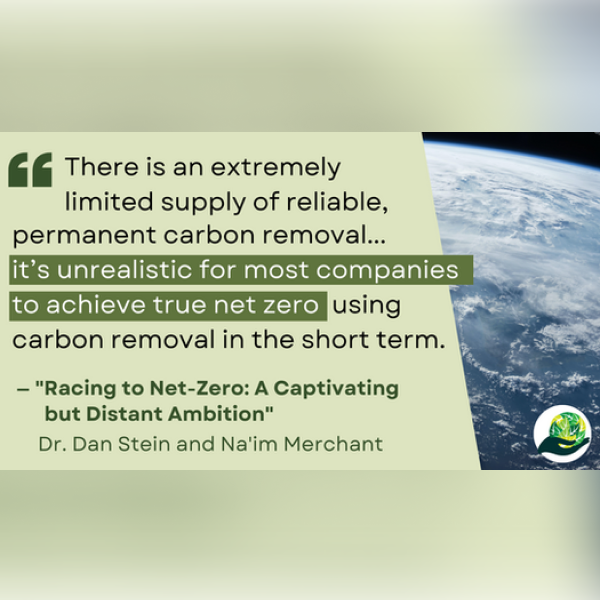



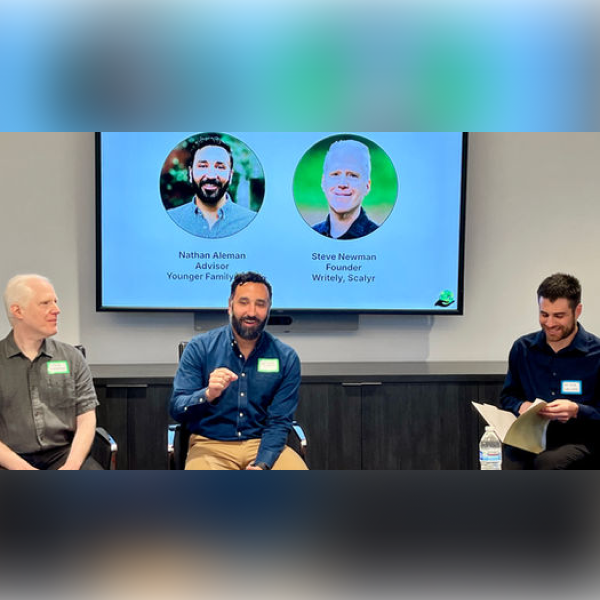

.png)
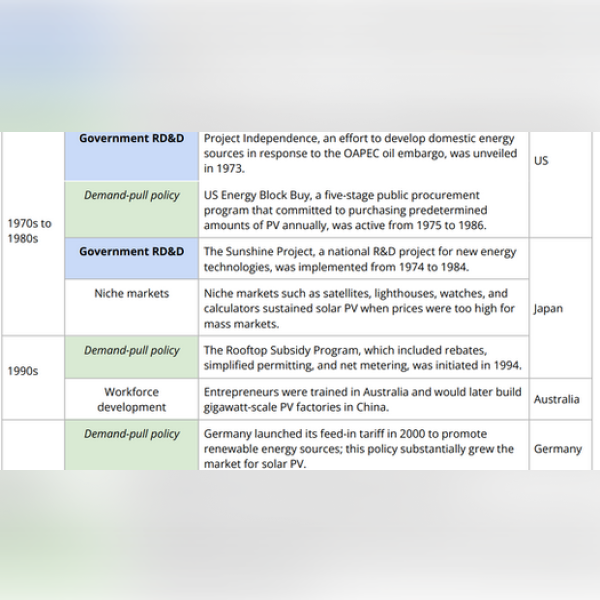




.png)


.png)









.png)



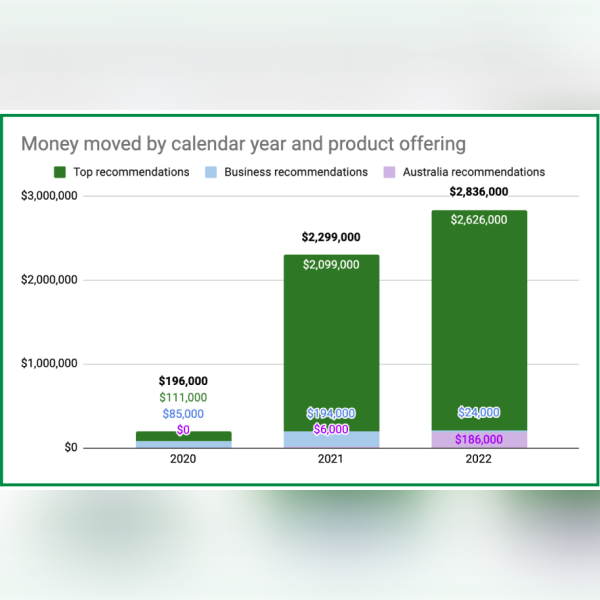










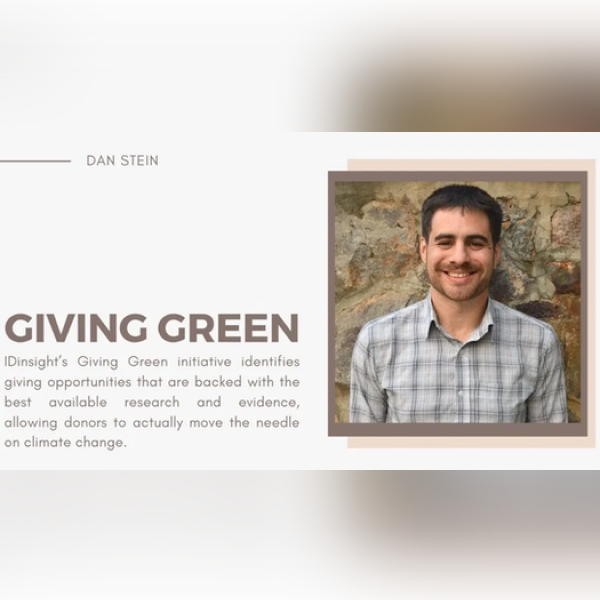

.png)









